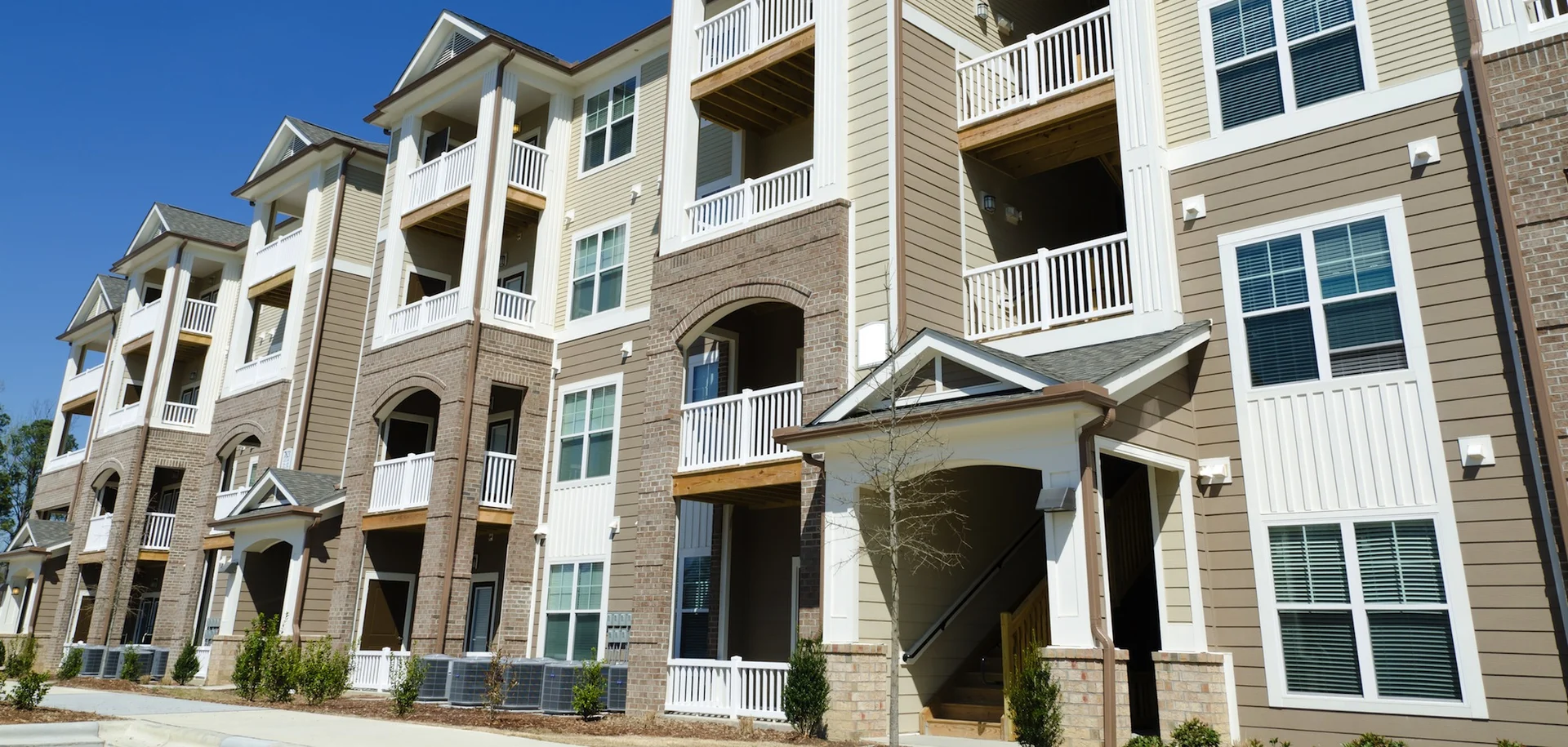The multifamily investment market is as hot as ever. Over the past few years, as the economy has strengthened, many investors have been pushed out of primary markets like New York, Boston, San Francisco, and Miami.
Real estate prices' steep and quick rise has some investors chasing higher yields in secondary markets like Dallas and Denver.
Not only are secondary markets more affordable, but they also offer small-scale investors the opportunity to buy Class A buildings for a fraction of the cost of Class B properties in primary markets. However, is this a good long-term investment strategy?
In other words, do Class A properties in secondary markets provide higher risk-adjusted returns than Class B assets in primary markets?
No, they do not.
At least not according to research out of MIT’s Centre for Real Estate Development.
Let’s take a deeper dive into the analysis.
Defining Class A vs. Class B Properties
Although there is no universally accepted definition of Class A and Class B properties, most in the industry consider Class A buildings to be newer and have higher-quality finishes, amenities, and accessibility. Class A properties tend to be located in the urban core and frequently have their brand or lifestyle associated with them.
Class B properties, on the other hand, tend to be older in age and function. Finishes tend to be in “fair” or “good” condition, and according to CoStar’s definition, offer “more utilitarian space.” They tend to lack exceptional amenities, and typically command lower rents than their Class A counterparts. As a result, most Class B landlords tend to skew toward locally-based investors versus those with national or international portfolios.
Defining Primary vs. Secondary Markets
For the purposes of the study, researchers defined “major” or “primary” markets as New York, Los Angeles, Chicago, San Francisco, Boston, and Washington, D.C. “Secondary” markets were Atlanta, Miami, Dallas, Houston, Phoenix, Denver, San Diego, Seattle, Minneapolis, and Philadelphia.
Evaluating a Property’s Return
After analyzing hundreds of properties across asset classes and markets, the research team concluded that both Class B office and multifamily properties in primary markets outperformed.
Class A office and multifamily properties in secondary markets during 2005 and 2013.
Here are a few findings of interest:
* During the “growth period” of 2005 to 2007, Class A multifamily properties in secondary markets experienced an average total return of 17.5%; Class B buildings in primary markets produced an average yield of nearly 24.5%.
* During the “trough period” of 2008 to 2010, Class A multifamily buildings in secondary markets had an average total return of 1.35%, compared to an average of 2.20% return for Class B multifamily properties in primary markets. This suggests that multifamily housing in primary markets is more susceptible to economic downturns.
* During the “recovery phase” of 2011 to 2013, Class A multifamily buildings in secondary markets resulted in an average total return of 14.17%, versus an average 13.11% return for Class B multifamily properties in primary markets.
These results came as somewhat of a surprise to researchers. The findings indicate that multifamily housing in secondary markets recovers faster than housing in primary markets. This may be because secondary markets require less up-front investment and attract a broader range of investors versus institutional investors focusing on core markets. However, those who are more cautious when re-entering a market after a downturn.
* Although Class A multifamily properties in secondary markets outperformed Class B properties in core markets for most of the study period, the returns produced during the growth phase outweighed slower growth in the other years.
Interestingly, industrial was the only real estate asset class to outperform in the secondary markets for the aggregate study period. Class A industrial in secondary markets provided higher returns than Class B industrial space in core markets during the study period.
So, how should multifamily investors make sense of these findings?
“The overall empirical results of our study indicate that a savvy real estate investor, who is dedicated to maximizing his long run returns, would prefer to invest in office and multifamily properties in primary markets, and in industrial properties in secondary markets,” explain the study's authors.
As the old adage goes – location, location, location!
